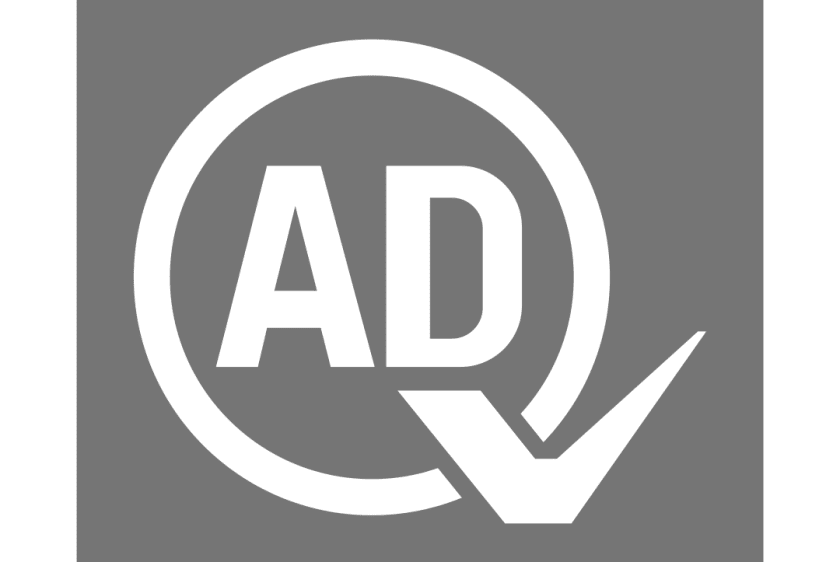7kw home charger
7kw home charger, Designed to offer the perfect blend of speed, compatibility, user-friendly features, and safety, this charger ensures a seamless and comfortable charging experience.
Charge your electric vehicle conveniently and efficiently right from home with our 7kw home charger.
Why Choose Our Home Charger 7kW?
Our 7kw home charger is the perfect blend of speed, safety, and convenience, making it the ideal choice for any electric vehicle owner. It provides fast and efficient charging, ensuring your EV is ready when you are.
Designed with universal compatibility, it works seamlessly with a wide range of electric vehicles. Safety is our priority, with built-in features like an emergency stop switch, over-temperature sensors, and leakage protection to keep your charging experience secure.
Its weatherproof construction ensures durability, allowing it to withstand harsh outdoor conditions. With easy installation, remote monitoring options, and a 6-meter cable for flexible placement, this charger is designed to offer convenience and peace of mind, making it the smart choice for home charging.
Key Features:
- Optimized Charging Speed: 7kW power output for faster, efficient charging.
- Wide Compatibility: Supports electric vehicles that comply with the (Type 2) and GBT standard.
- User-Friendly: Simple setup with a durable ABS + PC casing for long-lasting use.
- Safety Assured: Emergency stop switch for electrical leaks and an over-temperature sensor for enhanced protection.
- Leakage Protection: Built-in Type B RCD for additional safety.
- Clear Status Indicators: LED ring for easy status monitoring.
- Weatherproof: IP65/IP55-rated control box, suitable for both indoor and outdoor installation, even in harsh weather conditions.
- Long Cable: Comes with a 5-meter charging cable to meet your driveway or garage needs.
- Durability: Withstands temperatures -25°C to 55°C for reliable, long-term use.
Technical Specifications:
- AC Output Power: 7kW (230V AC * 32A)
- Protection Rating: IP65/IP55, IK10
- Display: LED lights
- Connectivity: Bluetooth, Wi-Fi “Optional”
- Operating Temperature: -25°C to 55°C
- Connector Type: IEC 62196-2 (Type 2) / GBT
Choose Quikr products because they have CE & AQDCC certifications.
It gave you peace of mind knowing was buying quality!








